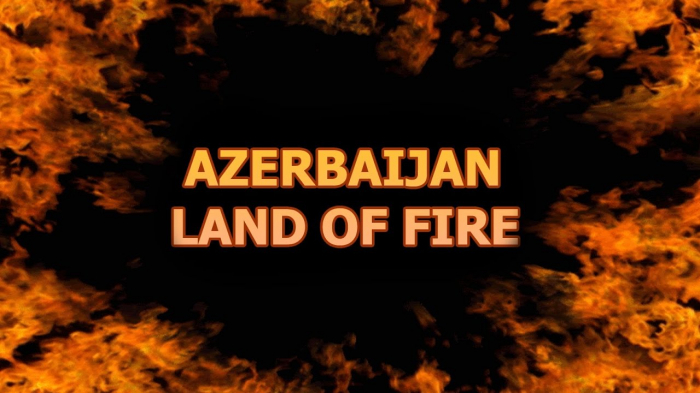From mud volcanoes to stunning heritage, the many facets of Azerbaijan promise a melting pot of experiences.
The MONIKER 'Land of Fire' may conjure up images of death and devastation, but it's actually a spectacular country nestling between Armenia, Iran and Russia, on the cusp of Asia and Europe.
Can you guess which one? It's Azerbaijan! A mesmerising mosaic of bucolic landscapes, snow-swathed mountains and whimsical deserts peppered with bubbling mud volcanoes, the south Caucasian nation of 10 million people offers a breathtaking panorama of sights and sounds.
Interestingly, Azerbaijan's reputation as the 'Land of Fire' was fuelled by its highly combustible air and water.
"Flames would burst not only from the mountains, but also from the ocean, and these fires would burn constantly," explained my local guide.
"The land in Azerbaijan is so rich in oil and gas that it ignites fires that burn until the gas runs out."
Its solid reputation as a fiery land notwithstanding, Azerbaijan offers a myriad other enchantments too.
Capital city Baku, a handsome metropolis, brims with modern delights - spiffy hotels, fine dining eateries, an award-winning Formula One race track, a theatre on the Caspian Sea front modelled after the Sydney Opera House, leafy boulevards, tony boutiques, museums.
Many call it the next Dubai on the Caspian Sea. However, it is the adventurous day trips waiting just outside the city that I remember the most.
GOBUSTAN'S VOLCANOES
Minutes out of Baku I was staring at the surreal landscape of UNESCO-listed Gobustan. Home to the world famous mud volcanoes, some of them classified as national treasures, the terrain is uniformly grey in colour and flat-lying.

The bizarre volcanoes - that pop and bubble with silky clay - bestow upon Azerbaijan the title of the 'world's capital of mud volcanoes' as the country hosts the highest density of these volatile formations - more than 400 of the world's 1,000.
When the volcanoes erupt, the flames shoot up to a kilometre in the air causing an explosion.
Meanwhile, their volcanic clay teems with therapeutic/cosmetic benefits attracting thousands of wellness seekers from across the world.
THE FIRE TEMPLE
Expectedly, in the Land of Fire, there's an array of attractions which celebrate this scorching element of the Earth.
Just a half hour out of Baku I was engulfed by the stony splendour of the Fire Temple, also known as Ateshgah. Built like a castle, with a pentagonal shape, the monument dates back to the 17th century.

It was constructed above a natural gas vent, where natural fires would occur in old times.
In the middle of the temple's courtyard is an altar, once used for fire rituals. When the natural gas would ignite, it would light a fire in the altar and in the rooftop corners of the temple.
With its leaping flames and 16 inscriptions that harbour centuries-old secrets, the Zoroastrian-Hindu temple reinforces Azerbaijan's syncretic culture.
A sacred place for Zoroastrians and later for Hindus, it also has a strong India connect.
Sadly, in the 19th century, the Ateshgah was abandoned completely. The fires now no longer burn here either even though the temple still attracts hundreds of footfalls every day.
THE YANAR DAG
One of Azerbaijan's top attractions, the fiery and gas-rich mountain - Yanar Dag - also called the 'burning mountain' is located on the fringes of Baku.
It lives up to its name quite literally, blazing continuously, with a natural flame that feeds off huge subterranean gas deposits.
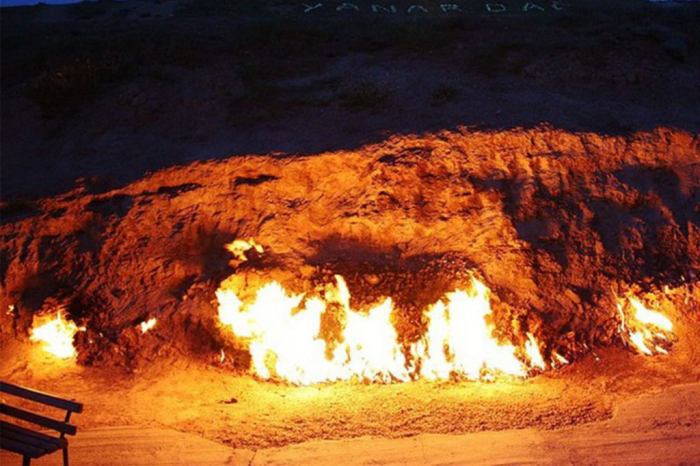
Located on top of a natural gas pocket, and with no source of liquid to extinguish the fire, the flames here have been burning for centuries!
The mountain has piqued the interest of travellers and conquerors for centuries. In the 13th century, explorer Marco Polo wrote of the "mysterious fires that burned all over the peninsula".
GOBUSTAN NATIONAL PARK
Rising out of an arid semi-desert, Gobustan National Park - an hour's drive south of Baku - is a UNESCO cultural landscape. A unique ensemble of more than 6,000 rock engravings, its provenance goes back 40,000 years.
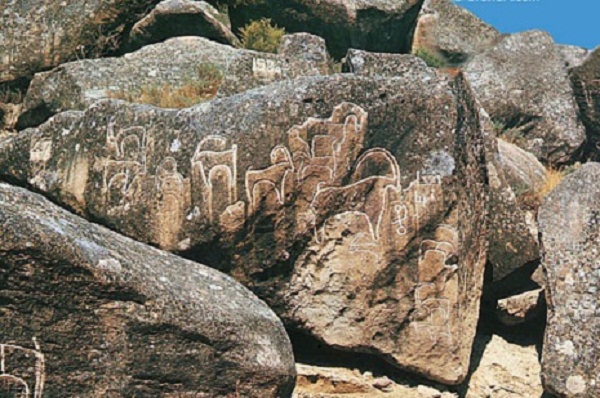
These primitive petroglyphs mimic an artist's sculptures, hewn into bizarre shapes by wind erosion.
Graffiti by a Roman legionary - the furthest east it has ever been found - can be spotted on some.
These chronicles of the past have been pivotal contributors, both for the study of pre-human history as well as primitive native art.
ADVENTURE IN GABALA
Rimmed by a wooded pine forest, and overlooking the glassy Nohur lake, Gabala is a staggering sanctuary of magnificent forests and sparkling waterfalls. For those seeking to spike their adrenaline, there's quad biking and horse riding.
Or perhaps you'd like to luxuriate in a wellness resort to detox your body and mind?
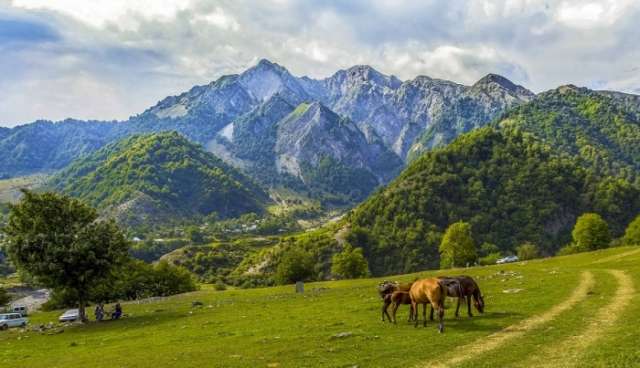
Spa treatments, advanced medical aesthetic treatments including cryo and altitude chambers are yours for the asking. For more adventure, nip up to the mountains via the Tufandag cable cars.
Close up views of the vertiginous Caucasus mountains peppered with quaint lodges will take your breath away. (Gabala is a 3.5-hour drive from Baku and Gabaland and the Tunfandag cable car is a five-minute drive from Gabala's city centre).
THE GOYGOL DISTRICT
Goygol and Maralgol, Azerbaijan's most spectacular twin mountain lakes, were born out of the debris of an earthquake that shook the Caucasus mountains during the 12th century.
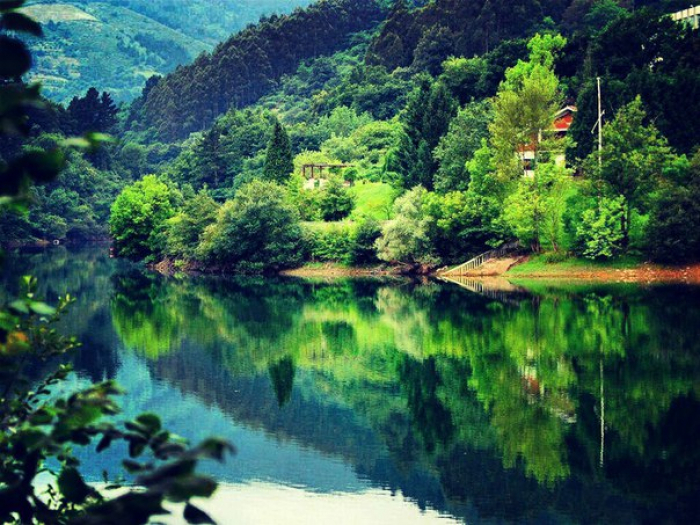
Wedged beneath the dramatic rocky peak of Mount Kepez and ringed by misty green forests that turn a lush green in spring, the region is celebrated in Azerbaijani poetry, paintings and songs. A must-visit.
You can read the original article HERE
More about: Azerbaijan Land-of-Fire








